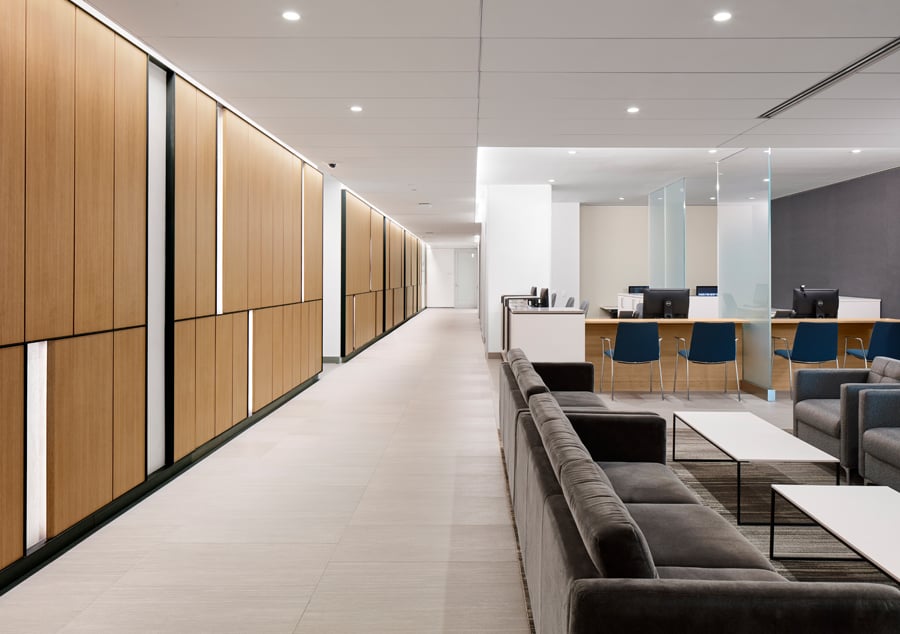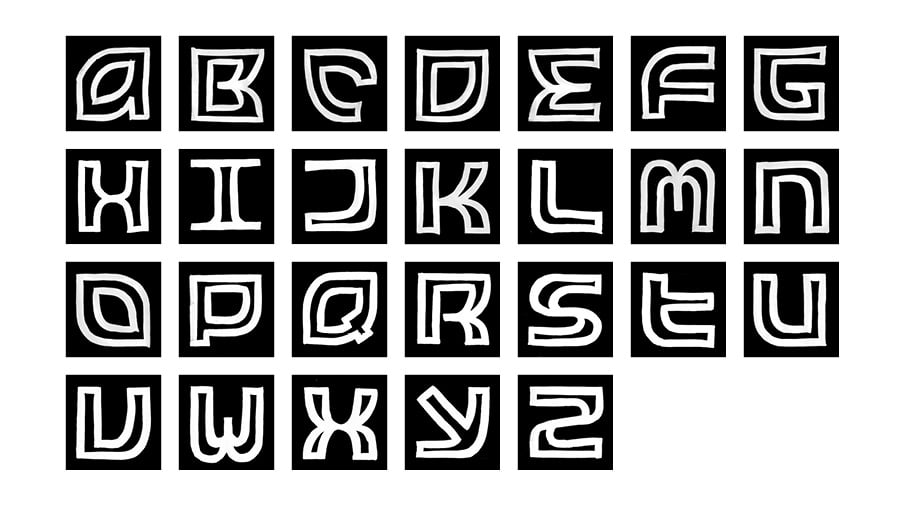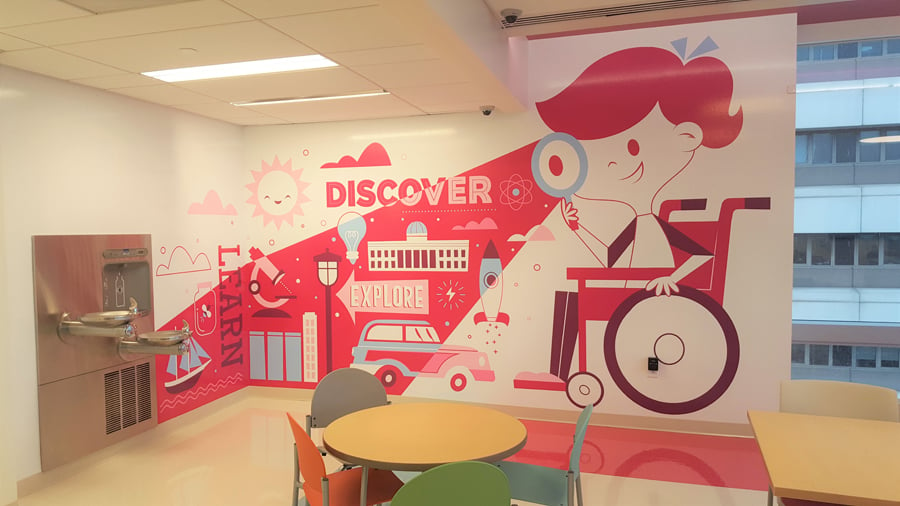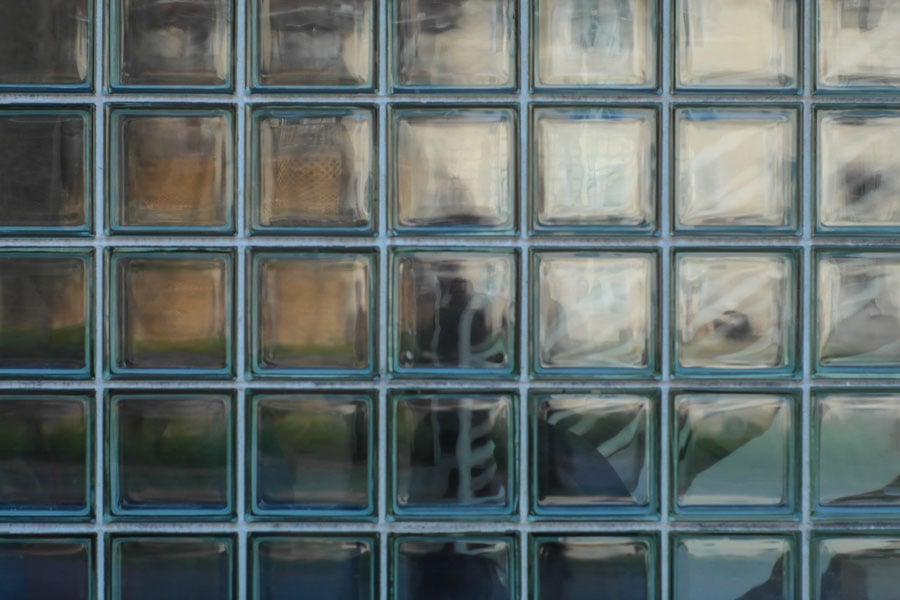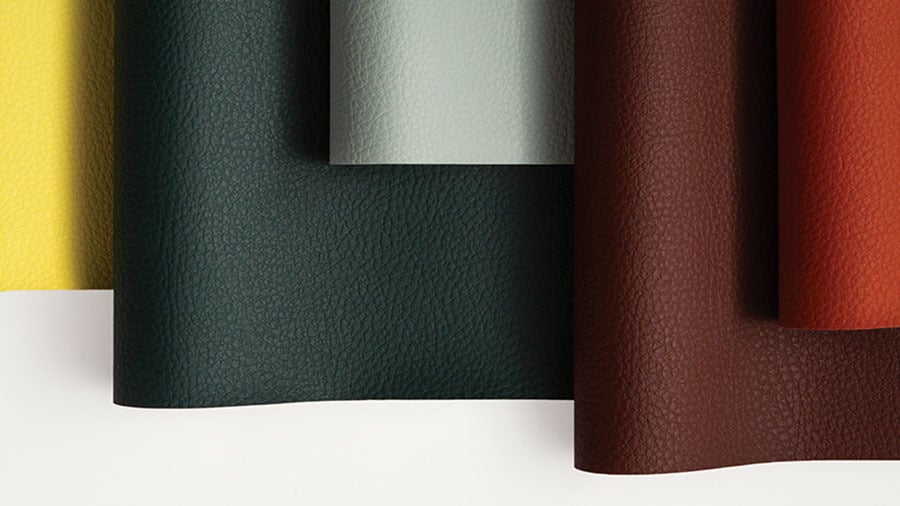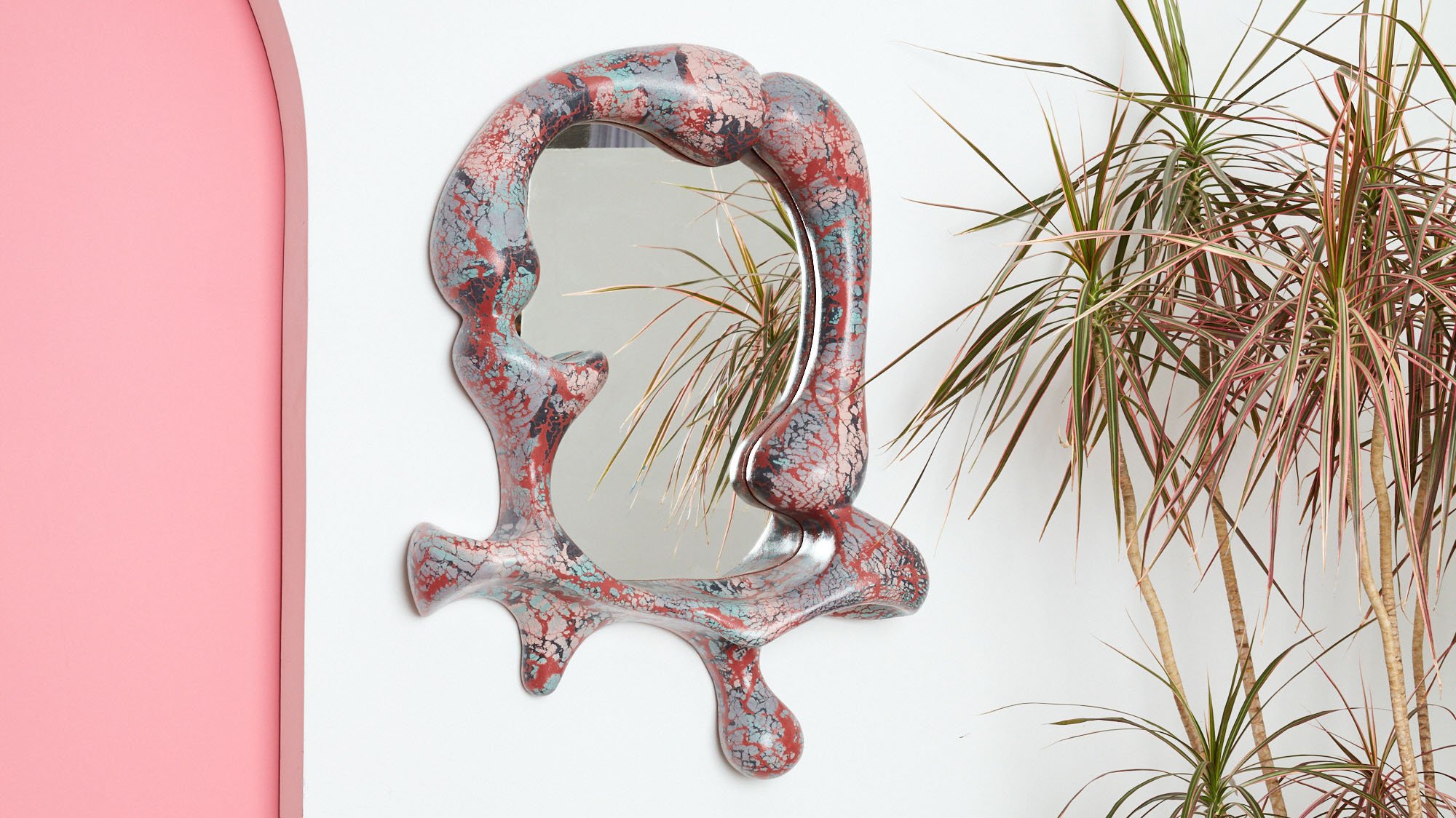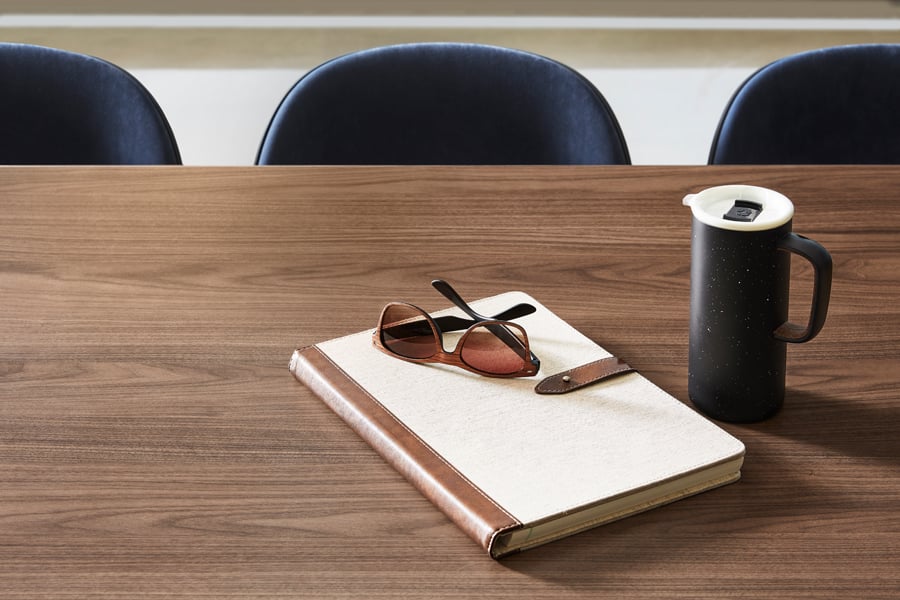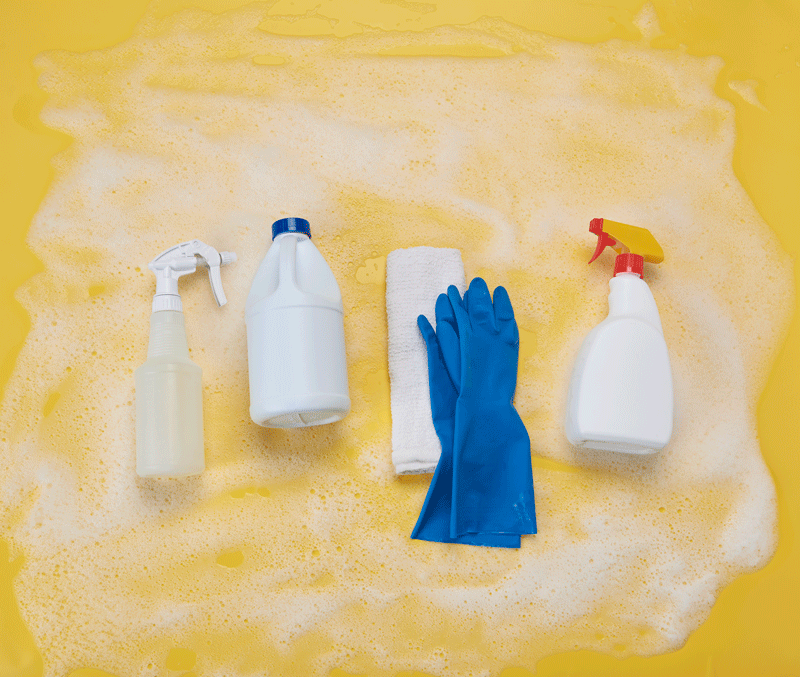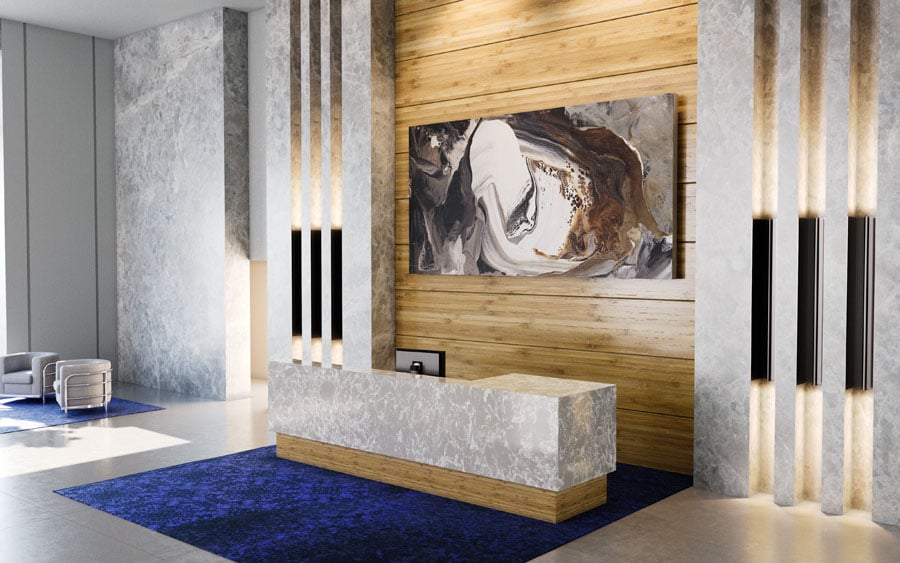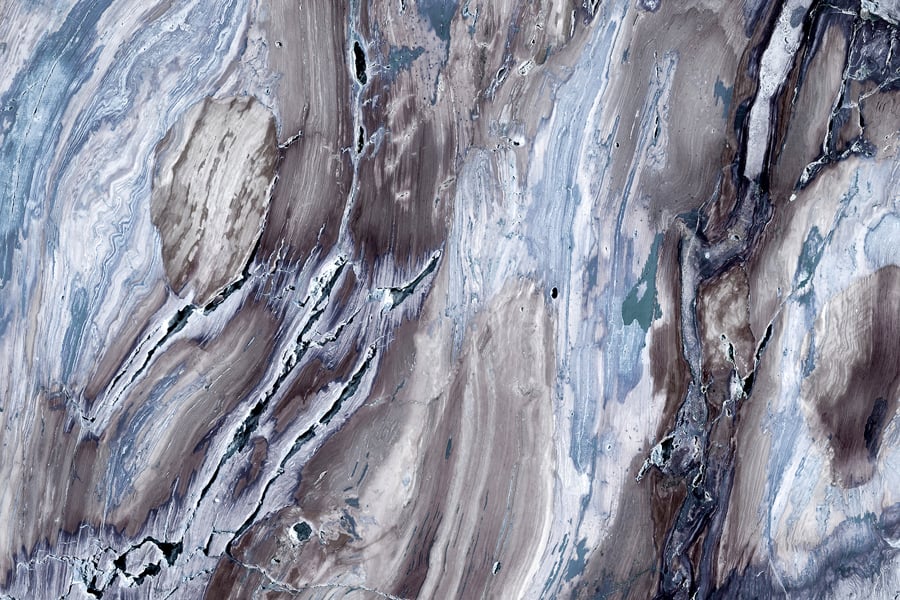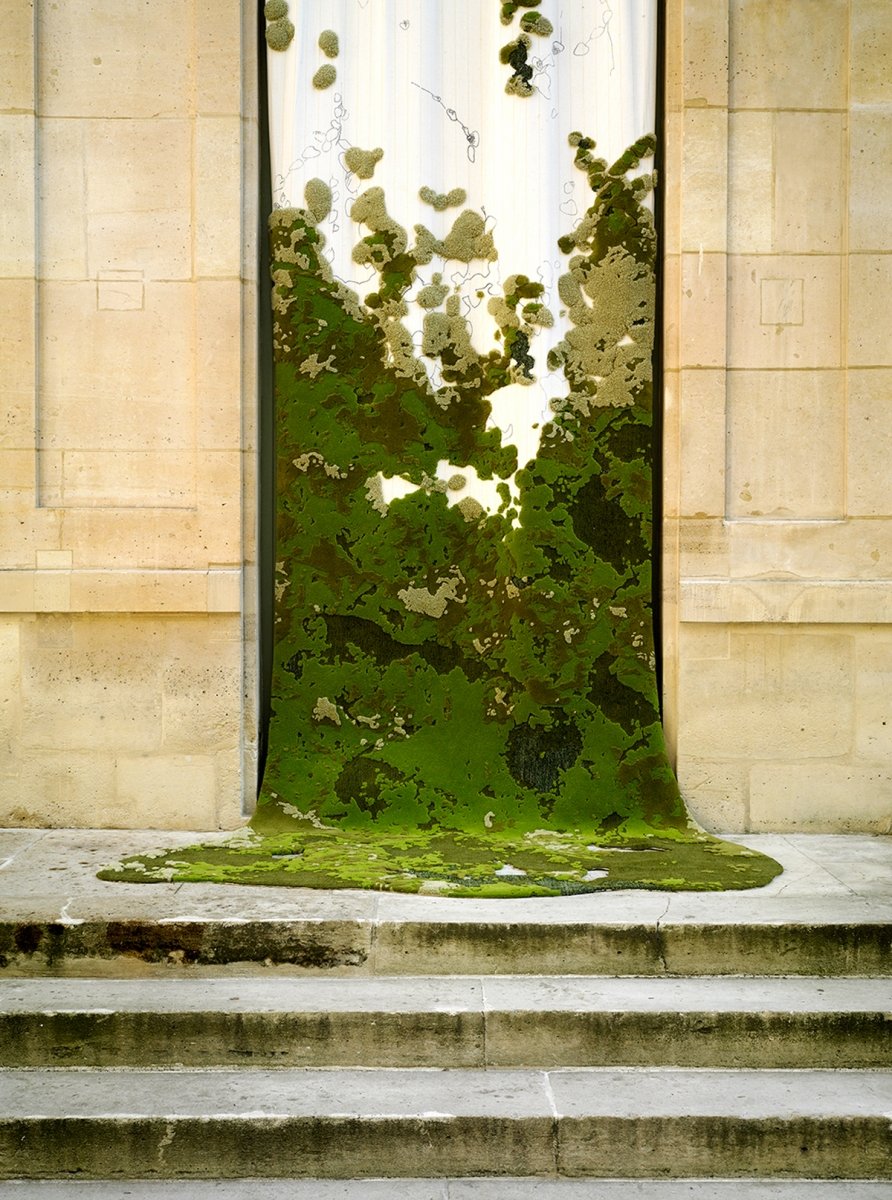- all (16)
- viewpoints (2)
- profiles (1)
- projects (1)
- products (12)
Surfaces
-
Projects
Three Contemporary Artists Explore the Narrative Potential of Wallpaper
Alec Egan, Liz Nielsen, and Barrow Parke take cues from the decorative arts in their painting, photo, and multimedia practices.
-
Products
Ceramic Tile: The Past and Future of Healthy Design
Natural, non-toxic, non-porous, and durable enough to last several lifetimes, Italian ceramic tile is the material of choice for designers with an eye on wellness.
-
Viewpoints
The Metropolis A to Z of Surfaces
The September 2020 issue of Metropolis featured 26 articles exploring how the superficial world goes much deeper.
-
Viewpoints
A City’s Surface Reflects Its Inequities
With the multiplying risks of urban heat and the pandemic, a city's streets and sidewalks tend to highlight vulnerabilities in urban communities.
-
Products
To Create Truly Clean Interiors, Start with the Surfaces
How Tedlar® protective film helps interior surfaces stand up to rigorous cleaning.
-
Profiles
Noteworthy: Artist Shinique Smith on Skins
Los Angeles–based visual artist discusses the surface as it relates to painting and assemblage.
-
Products
The Surface May Not Be As It Appears
Investigations by architects and scientists may cause us to reconsider two familiar surface qualities: opacity and porosity.
-
Products
From Production to Recycling, Vinyls Become More Sustainable
One of the most widely used plastics in the world, vinyl is made with some concerning ingredients, but safer and greener alternatives are on the horizon.
-
Products
Mirrors Worth Marveling At
When it comes to mirrors, these four designers aren’t afraid to play up vibrant colors and lustrous materials.
-
Products
Simplicity and Sophistication
On-trend woodgrains, metals, and acrylic surfaces from Formica Corporation are the perfect fit for today’s commercial interiors.
-
Products
Are Antimicrobial Materials and Surfaces Really What We Think?
Various metals and chemical agents have long been touted for their antimicrobial properties, but the effectiveness and safety of the materials are far from certain.
-
Products
What’s Hot in Interiors: Products that Tell You to Take a Hike
Less campy, more camping. Right now, designs in lighting, furniture, and surfaces are all about the great outdoors.
-
Products
Finding Inspiration from Natural Quartz
Cambria’s technical services team helps architects and designers find novel uses for quartz surfaces.
-
Products
High Mineral Content: Geology-Inflected Designs Take Over
From furniture to accessories, surfaces to lighting, Metropolis digs up the latest designs that rock.
-
Products
Shine On: Chemetal Releases Metallic Surfaces Collection
Versatile, sustainable, and resilient, the Glowing Metals collection from Chemetal is a material all-rounder.
-
Products
17 Surfaces That Combine Aesthetics, Performance, and Smart Tech
The latest materials and finishes bring together great aesthetics, high performance, and smart technology.




